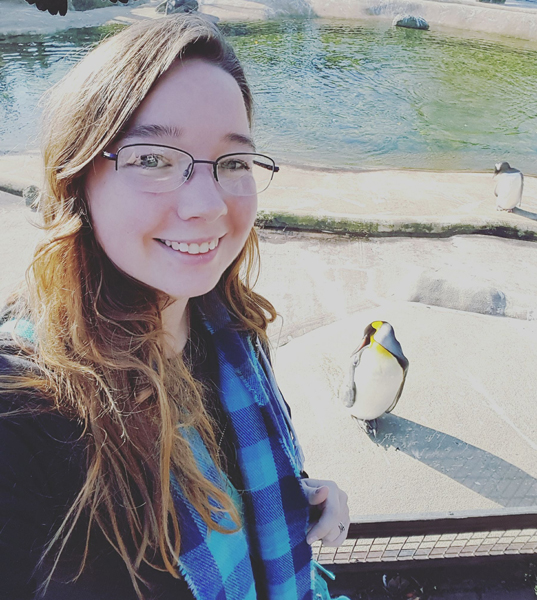Summary
Welcome to the fascinating world of the physical oceanography of shelf seas – the foundation that influences many ocean processes!
This particular infographic (and the transcript below) is aimed at pupils in key stage 4. While climate change is covered in depth as part of the key stage 4 geography National Curriculum, ocean processes are excluded. The aim of this infographic is to bridge some of the knowledge gaps regarding how ocean processes can influence atmospheric CO2, and therefore climate.
Transcript
What is a shelf sea?
Although they only account for approximately 7% of the global ocean surface, shelf seas are vital sinks for CO2 globally, but what are they? Shelf seas are areas of ocean less than 200m deep that are connected to both a continental landmass and the open ocean. This open ocean connection is vital for the shelf to be an effective sink, as it allows CO2 absorbed from the atmosphere to be exported from the shelf into much deeper waters, where it can be sequestered away, unable to return to the atmosphere.
How do shelf seas interact with the atmosphere?
The ocean constantly strives to reach equilibrium with the atmosphere with respect to CO2. Seas with a relatively low CO2 content are known as undersaturated. These seas act as sinks, absorbing CO2 from a relatively supersaturated atmosphere. Seas with a relatively high CO2 content are known as supersaturated. These seas act as sources, releasing CO2 to a relatively undersaturated atmosphere.
What decides whether a shelf is a source or a sink?
There are three mechanisms we will investigate that influence whether a shelf is supersaturated or undersaturated (and therefore whether it acts as a source or a sink).
Primary Productivity
Primary productivity (also known as ‘production via photosynthesis’) is the method by which plants and phytoplankton within the water get energy. This process requires CO2 and sunlight, so can only happen within the top 200m of the water column. Because this process uses CO2, the water becomes undersaturated. Therefore, seas with high productivity tend to be sinks, and seas with lower productivity tend to be sources.
Temperature
Water has the ability to contain dissolved CO2. This is called CO2 solubility. Warmer water has a lower CO2 solubility, meaning it can contain less CO2. Therefore it reaches saturation quickly. Colder water has a much higher CO2 solubility, so more CO2 can be dissolved before the water becomes fully saturated. The map on the infographic simplifies the relative temperature at the sea surface, and thus shows which areas have a relatively high CO2 solubility.
Upwelling
Upwelling is the process by which cold, nutrient-rich deep water is brought to the surface. If this upwelling is seasonal, the nutrients can be utilised efficiently by the biology in the water. The area acts as a sink. If the upwelling is permanent, too many nutrients are brought to the surface and they can not be utilised effectively. Therefore, the area acts as a source.
Why does this matter?
Across the Earth’s history, atmospheric CO2 has fluctuated in cycles, although it has only varied by approximately 100ppmv (parts per million by volume) across the last 800,000 years. Understanding these mechanisms clearly will help us to determine the role the ocean plays in managing the atmospheric CO2 content, and how that could change in the future as human activity (otherwise known as anthropogenic activity) continues to raise atmospheric CO2 concentrations higher than ever before!
Keywords
Comprehension of keywords is vital within education, therefore all keywords within the infographic are highlighted in bold to encourage pupils to notice them. The definitions of these keywords are included within the infographic text.
How can I find out more?
Contact Katie Sieradzan on Twitter: @KatieSieradzan or by email: katie.sieradzan@bangor.ac.uk

Katie Sieradzan

Katie is a physical oceanography PhD student at Bangor University. She is fascinated by how shelf sea processes have developed since the Last Glacial Maximum, through the pre-industrial, to the present day. Katie is investigating how these processes affect the drawdown and sequestration of CO2 from the atmosphere into the deep oceans, and whether all shelf seas behave in a similar way.
Email: katie.sieradzan@bangor.ac.uk
Twitter: @KatieSieradzan
Organisation: Bangor University

